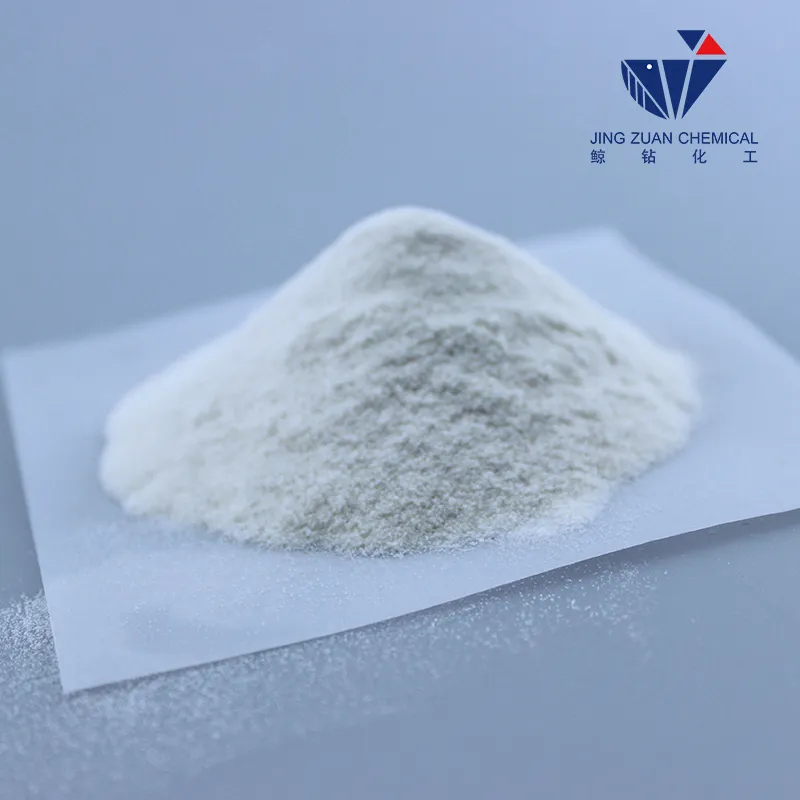
Dec . 01, 2024 02:57 Back to list
HPMC Solubility Characteristics in Various Organic Solvent Environments
Solubility of HPMC in Organic Solvents An Overview
Hydroxypropyl methylcellulose (HPMC) is a widely used polymer in various applications, including pharmaceuticals, food production, and construction. Its unique properties, such as film-forming ability, thickening, and emulsifying, make it an essential ingredient in multiple formulations. However, understanding the solubility of HPMC in organic solvents is crucial for optimizing its use in different applications.
What is HPMC?
HPMC is a semi-synthetic derivative of cellulose, produced by substituting hydroxyl groups with hydroxypropyl and methoxy groups. This modification increases its solubility in water and organic solvents while retaining several advantageous properties of cellulose. HPMC is commonly used as a binder in pharmaceuticals, a thickening agent in food products, and a component in cementitious materials, among others.
Solubility Characteristics
The solubility of HPMC in organic solvents depends on various factors, including the degree of substitution (DS) of methoxy and hydroxypropyl groups, molecular weight, and the presence of different functional groups. The general principle of solubility states that like dissolves like. Therefore, the polarities of the solvent and solute play a significant role in determining solubility.
Influence of Molecular Weight and Degree of Substitution
Typically, HPMC exhibits high solubility in polar solvents such as water, but its solubility in organic solvents varies significantly. Lower molecular weight HPMC tends to dissolve more readily in solvents due to the reduced entanglement of polymer chains. Additionally, the degree of substitution impacts solubility; HPMC with a higher degree of methoxylation displays increased compatibility with organic solvents.
For example, HPMC with a methoxy substitution degree of 19% and a hydroxypropyl substitution degree of 9% shows notable solubility in ethanol and isopropanol. Conversely, HPMC variants with lower degrees of substitution demonstrate decreased solubility. This distinction emphasizes the importance of selecting the appropriate HPMC variant based on the solvent and application.
hpmc solubility in organic solvents

Common Organic Solvents
Organic solvents such as ethanol, methanol, propylene glycol, and acetone are often employed to dissolve HPMC. Ethanol and methanol, for instance, are excellent solvents due to their hydrogen-bonding capabilities, which interact favorably with the polar groups in HPMC. In contrast, non-polar solvents like hexane usually yield poor solubility for HPMC due to their incapacity to stabilize the polar interactions that favor dissolution.
Another factor affecting solubility is temperature. Increased temperature generally enhances the solubility of HPMC in organic solvents by increasing molecular movement and reducing viscosity, thus allowing the polymer chains to disentangle more efficiently.
Applications of HPMC in Organic Solutions
In the pharmaceutical industry, HPMC is often utilized to formulate sustained-release tablets. Solubility in organic solvents can be critical for producing coatings or controlled-release formulations, ensuring that the active pharmaceutical ingredients dissolve appropriately and release over time.
In the food sector, HPMC is utilized as a thickener and stabilizer in various products. Understanding its solubility in solvents facilitates the formulation of sauces, dressings, and dairy products, where texture and mouthfeel are paramount.
In construction, HPMC serves as a key ingredient in dry-mix mortars, providing desirable properties such as water retention and workability. The solubility of HPMC in particular solvents ensures proper dispersion and performance in construction applications.
Conclusion
The solubility of HPMC in organic solvents is a multifaceted aspect influenced by the chemical structure of HPMC, the choice of solvent, and external conditions like temperature. Awareness of these factors is essential for utilizing HPMC effectively across various applications. As research into HPMC and its solubility continues to evolve, it opens new avenues for its use in innovative formulations and products, underscoring the importance of understanding solubility in polymer chemistry. By selecting the appropriate types of HPMC and solvents, industries can optimize their formulations, leading to enhanced product performance and customer satisfaction.
-
Versatile Hpmc Uses in Different Industries
NewsJun.19,2025
-
Redispersible Powder's Role in Enhancing Durability of Construction Products
NewsJun.19,2025
-
Hydroxyethyl Cellulose Applications Driving Green Industrial Processes
NewsJun.19,2025
-
Exploring Different Redispersible Polymer Powder
NewsJun.19,2025
-
Choosing the Right Mortar Bonding Agent
NewsJun.19,2025
-
Applications and Significance of China Hpmc in Modern Industries
NewsJun.19,2025







